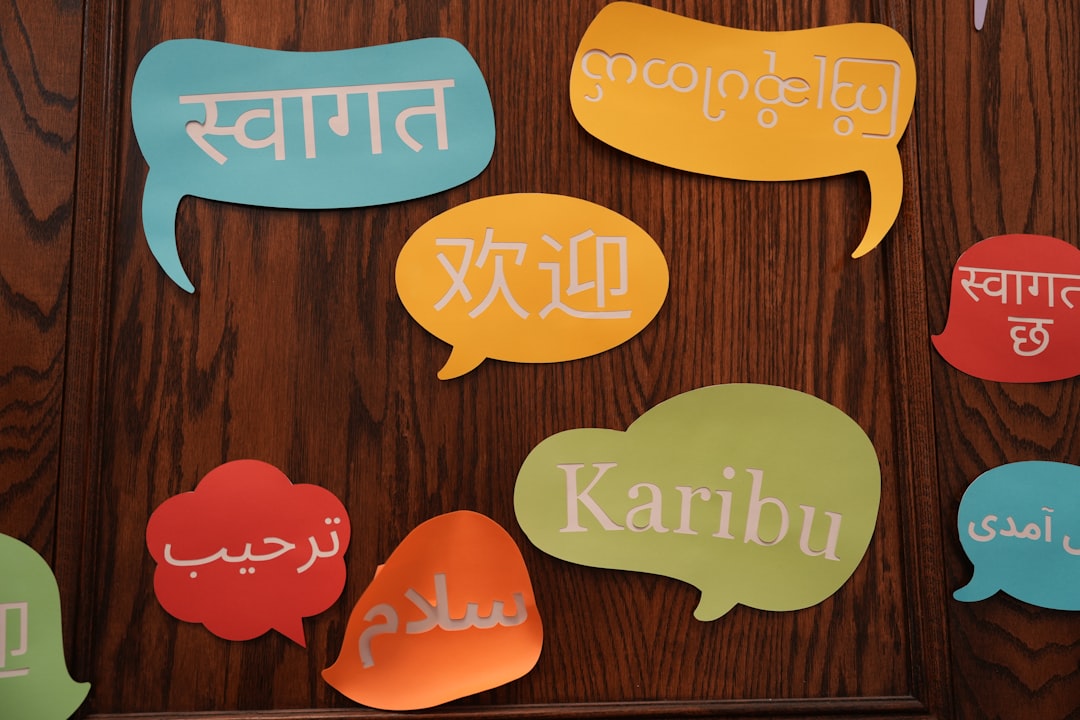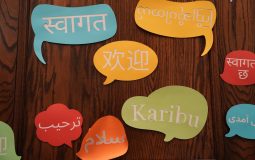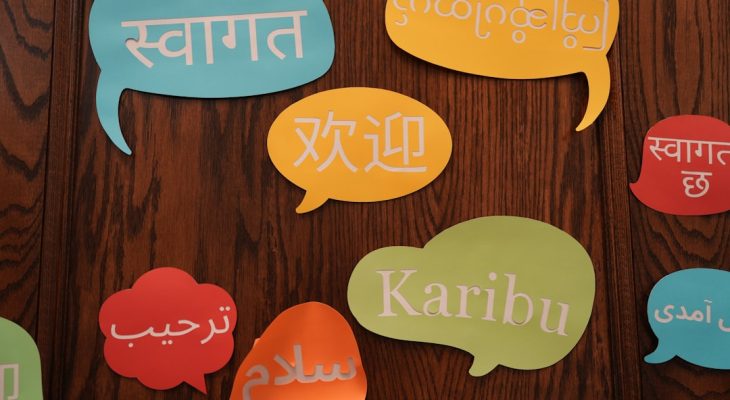Have you ever wondered how Google Translate understands so many languages? Whether you’re traveling, chatting with a friend, or just curious, Google Translate is one handy tool. But exactly how many languages does it speak?
TL;DR: As of 2024, Google Translate supports over 130 languages. It’s constantly growing, adding new ones as technology improves. From popular languages like Spanish and Chinese to lesser-known ones like Quechua and Krio, it’s got you covered. And yes, the list just keeps getting longer!
What is Google Translate?
Google Translate is a free tool from Google. You type or speak something, and it translates it into another language. Simple, right? But behind the scenes, there’s a lot of magic (well, machine learning) going on!
It started back in 2006. At first, it used rules and dictionaries to translate. Now, it uses neural machine translation, which is way more accurate. Basically, the more people use it, the smarter it gets.
So, how many languages does it support?
As of now, Google Translate supports over 130 languages. To be exact, it’s 133 languages!
That’s a lot, isn’t it? More than half the countries on Earth speak one of these supported languages.
Here’s a breakdown:
- Popular languages: English, Spanish, French, German, Chinese
- Regional favorites: Swahili, Hindi, Bengali, Amharic
- Indigenous languages: Māori, Quechua, Guarani
- New additions: Krio, Lingala, Oromo, Bambara
Google adds new languages every few years. In 2022 and 2023, about 33 new languages were added!
How does Google choose new languages?
It’s not random. Google has a smart plan. They look at:
- How many people speak the language
- What digital content is available in that language
- How well translation systems can learn the language
- Requests from users (yes, you can suggest a language!)
The more internet content in a language, the faster Google can learn it. That’s because their system uses existing examples to train itself. No content? Tough luck. That’s why some small or written-only languages still aren’t there yet.
What type of languages are included?
Google Translate isn’t just about big, global languages. It supports many formats:
- Living languages: Used every day by millions. Like Japanese, Arabic, and Russian.
- Endangered languages: Like Hawaiian or Scots Gaelic.
- Constructed languages: Surprise! Languages like Esperanto are also in there.
Google wants people everywhere to feel included. That’s why it adds rare or region-specific languages, even if only a few million people speak them.

How does Google Translate work?
It uses something called Neural Machine Translation (NMT). Don’t worry—sounds fancy, but here’s the simple version:
- It reads your sentence.
- It tries to understand the meaning, not just the words.
- Then it finds the best way to say that in the target language.
This method is smart. It makes translations more natural. So instead of something like “Me like cake much”, it knows to say “I really like cake”. Yay!
What can you do with it?
So. Many. Things.
- Type and Translate: Just enter text and get a fast translation.
- Voice Input: Speak and it talks back in another language!
- Camera Translate: Point your phone camera at a sign or menu—it translates instantly.
- Offline Translation: Download a language and use it even without internet.
- Translate Conversations: Great for live chatting with someone in a different language.
It’s not perfect, of course. But it’s getting better every day.

Cool facts you might not know
- Google Translate handles over 100 billion words per day!
- You can use it inside other apps like WhatsApp and Gmail.
- It supports right-to-left languages like Arabic and Hebrew.
- There’s handwriting input too: draw the letters if your keyboard can’t type them.
- It can read aloud in many languages so you know how things sound.
What are the most translated languages?
The top five languages that people translate to or from the most are:
- English
- Spanish
- French
- German
- Chinese
Pretty expected, right? But sometimes unexpected languages shoot up because of world events, news, or trends.
How can you contribute?
Did you know you can help improve translations?
Just head over to the Google Translate Community and offer suggestions for words or phrases in your native tongue. Millions of volunteers do this!
This helps make things more accurate for everyone. So go ahead and be part of the translation magic!
Final Thoughts
Google Translate is more than just a translator—it’s a global bridge. Over 133 languages and counting, it connects people from every corner of the world. And the fact that it’s free? Even better.
So next time you’re stuck on a foreign phrase or planning a trip, remember—Translate’s got your back!
Happy translating!








